Red dot, reflex, and holographic gun optics have come a long way in the last 50 years, but the concept and development of this technology.
The Odd History of Electronic Firearm Aiming Devices
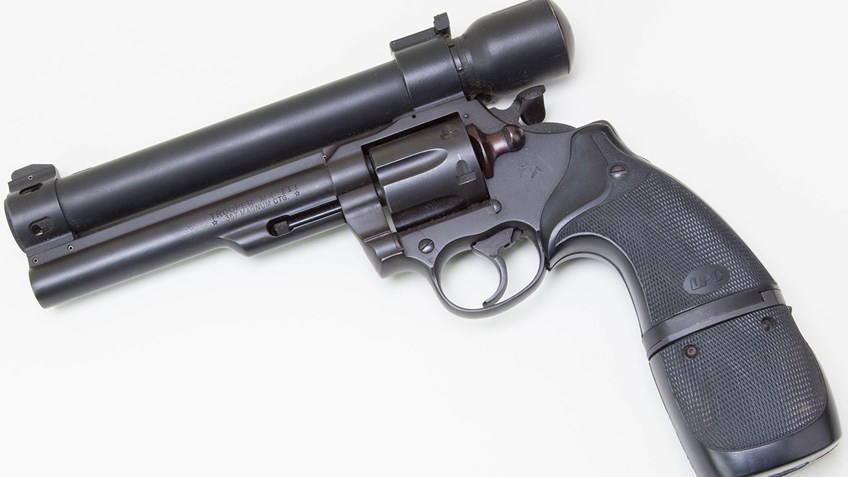
America’s oldest Second Amendment News outlet.
Logan Metesh is a historian with a focus on firearms history and development. He runs High Caliber History LLC and has more than a decade of experience working for the Smithsonian Institution, the National Park Service, and the NRA Museums. His ability to present history and research in an engaging manner has made him a sought-after consultant, writer, and museum professional. The ease with which he can recall obscure historical facts and figures makes him very good at Jeopardy!, but exceptionally bad at geometry.

Red dot, reflex, and holographic gun optics have come a long way in the last 50 years, but the concept and development of this technology.

The final test was to try the club aspect of the design. With my hand wrapped around the grip and none of my fingers in the trigger guard, I approached my cardboard assailant and landed four blows.
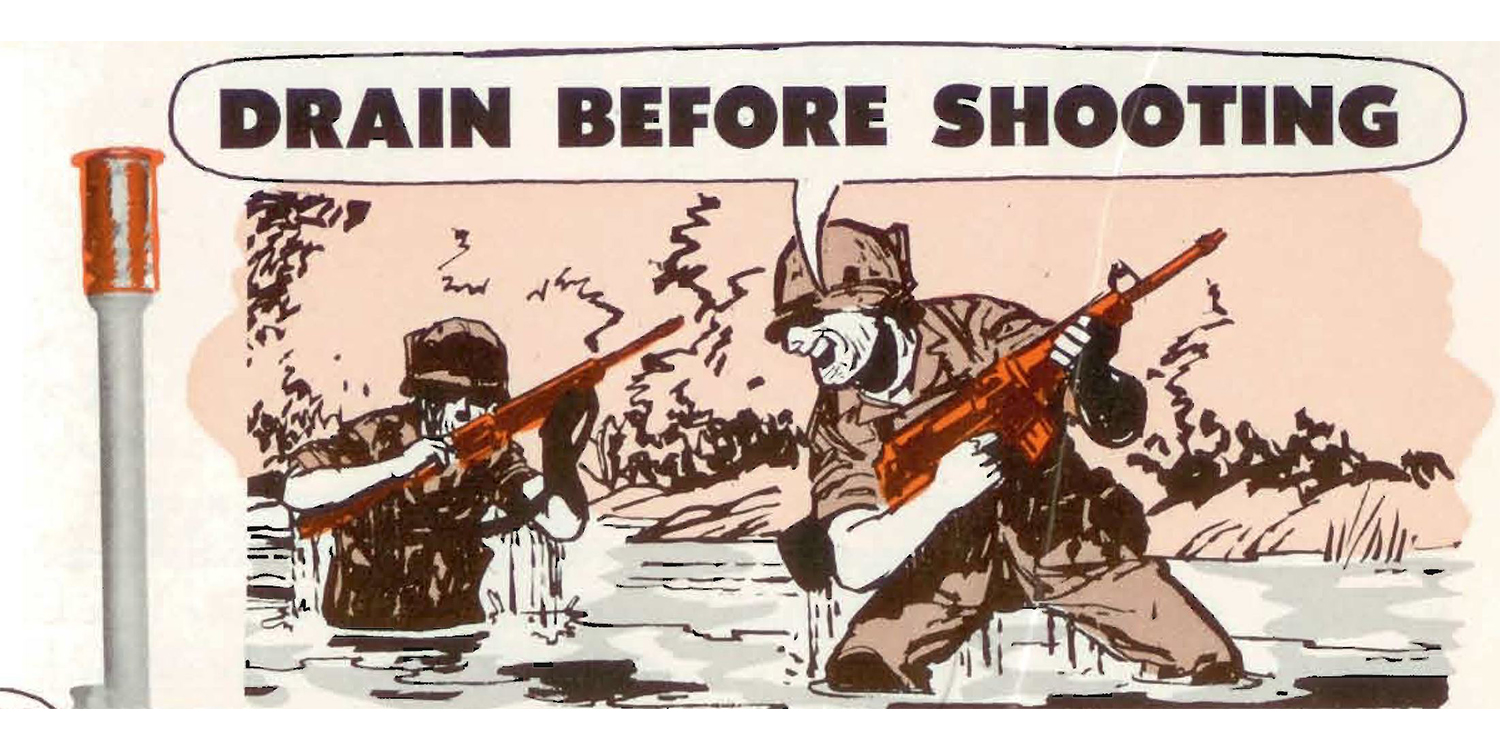
A 29-page manual was issued in the form of a comic book, presumably to make sure it got read and not discarded like most standard, dry military manuals.

The AR is chambered for 5.56/.223, but .300 Blackout is a popular alternative cartridge. Here is the history of .300 Blackout vs 5.56 NATO.
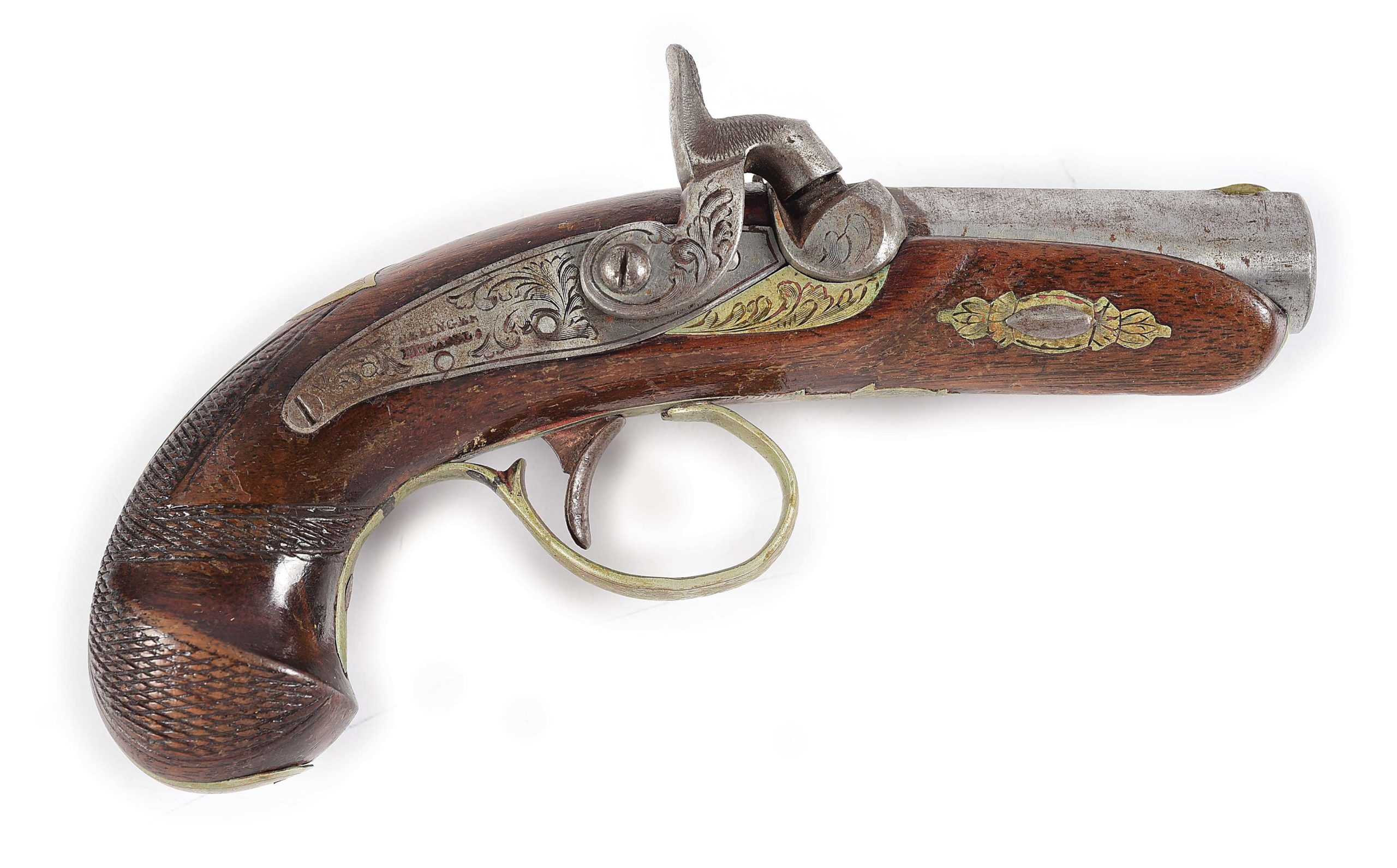
It’s not uncommon for brand name objects to assume the role of catch-all term for their generic equivalent. That’s the case with the terms “derringer” and “Deringer.”

One might not expect a frustrated duck hunter and man of the cloth to be the chosen individual to usher in a new age of firearms technology. However, Reverend Alexander John Forsyth did just that.
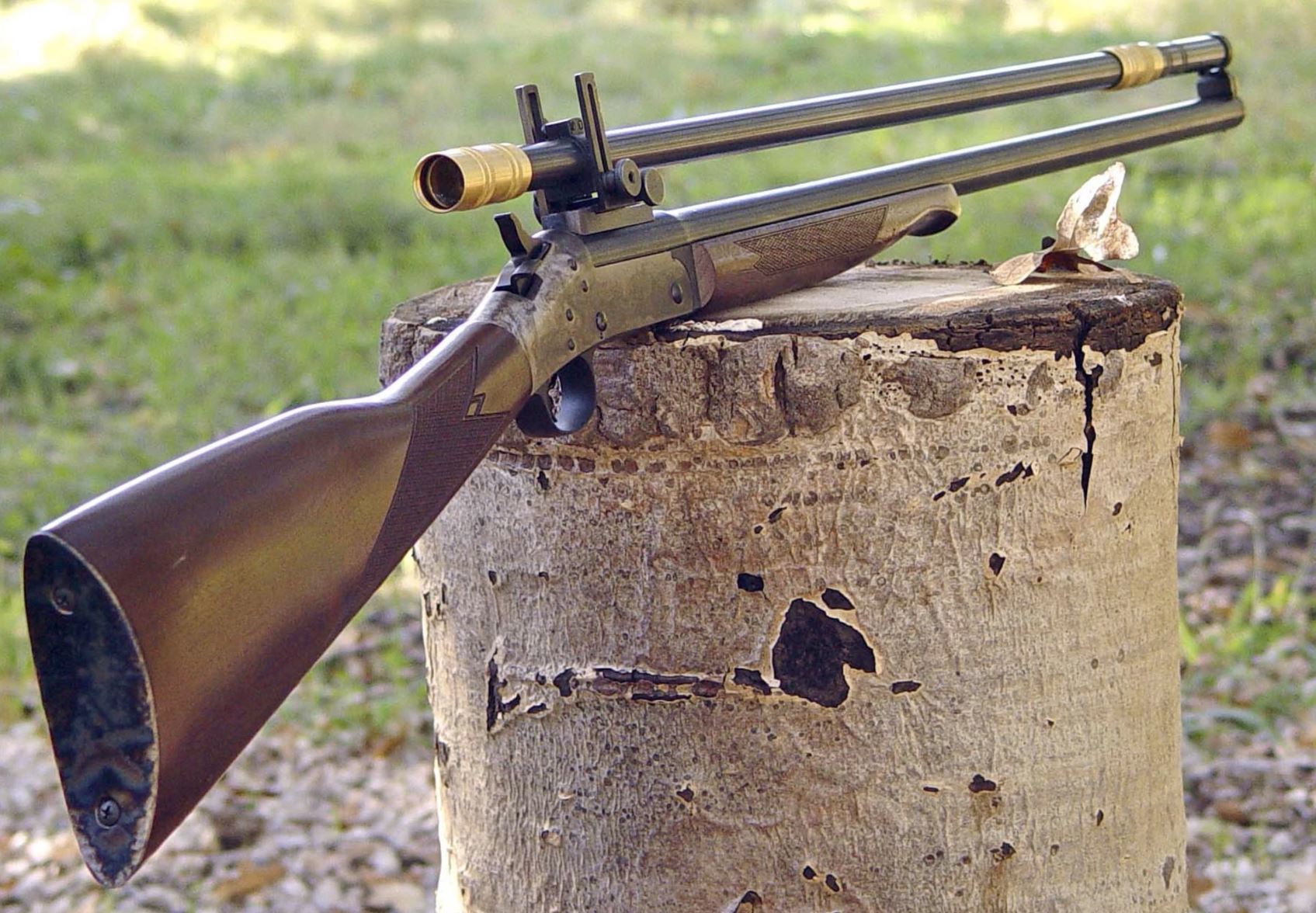
We tend to take for granted the number of rifle scope options on the market today, but the choices weren’t always so great. Let’s take a look back at the history of rifle scopes.
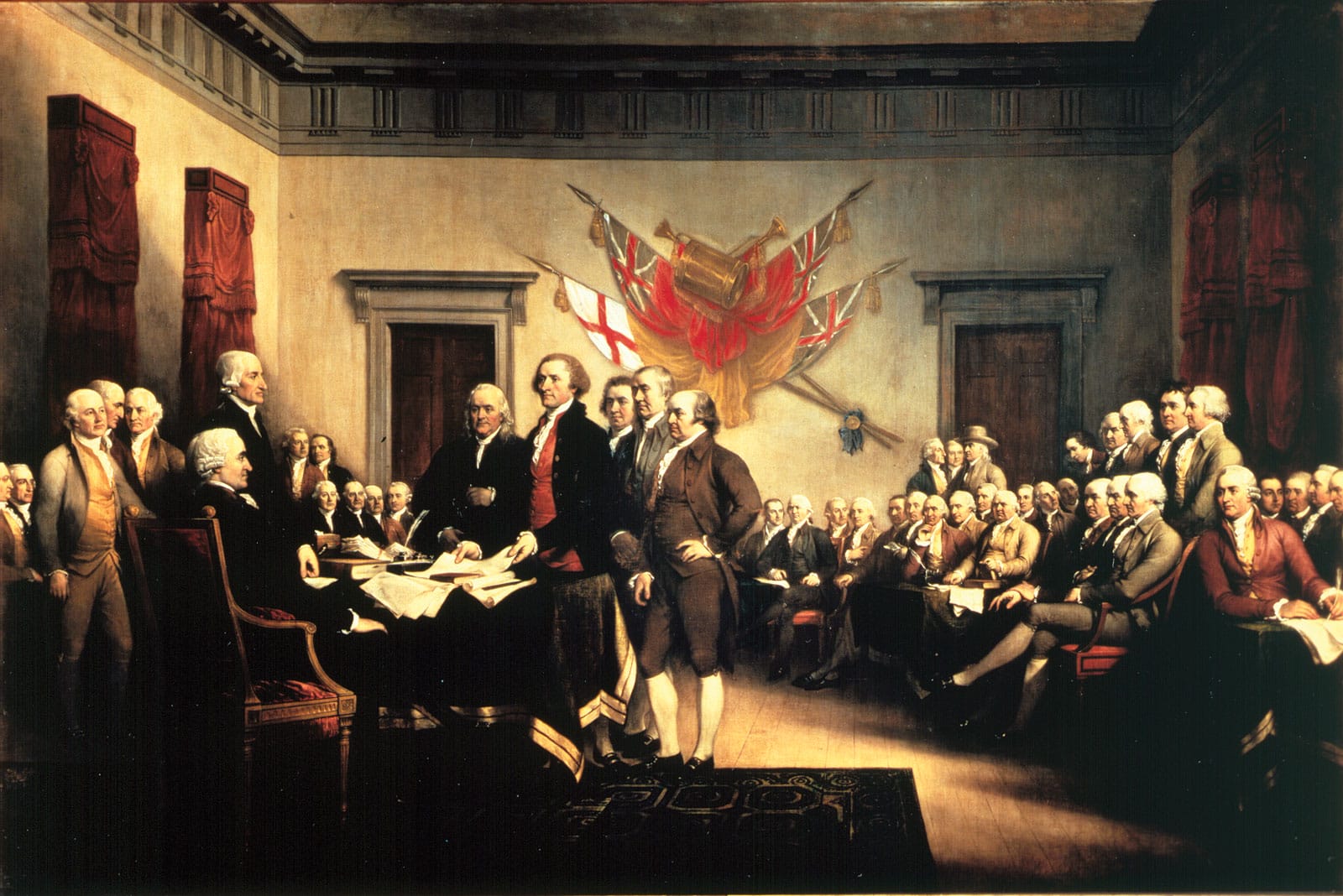
Many people claim, incorrectly, that the Founding Fathers couldn’t have conceived of repeating rifles when they drafted the Second Amendment.

Most of the guns in use between 1914 and 1918 were far too advanced for the body armor of the day to stand a chance. Many tried to come up with solutions that they hoped would save lives.
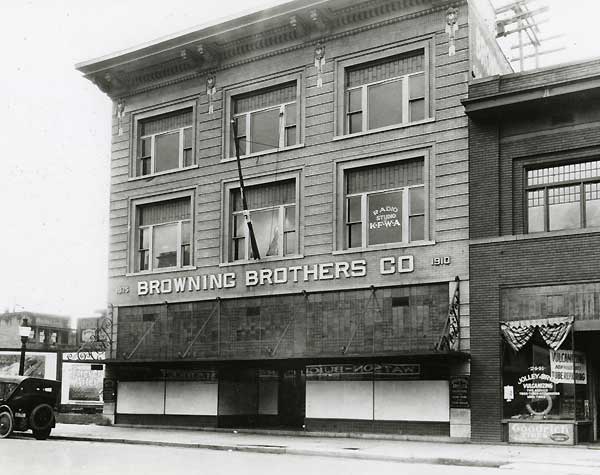
Rejected by Winchester, John Moses Browning took his new idea for a shotgun to Remington, and then across the Atlantic to Fabrique Nationale in Belgium.

The partnership between John Moses Browning and Winchester Repeating Arms was legendary.

Richmond Auctions’ upcoming sale on November 18 features more than 170 different lots filled with all kinds of these ads.

Some of the guns that will cross the auction block include ones that belonged to John Wayne’s son Patrick and the rest of the Wayne family.

In 1962, Winchester created a duplicate of serial number 2,500,000, except this time the serial number was 2,500,000A. They held a contest for this gun, calling it the “Win-A-Winchester” contest.

Of course, we know about single action and double action revolver operation, but what’s this so-called Triple Action?

Between 1777 and 2021, there have been 27 different versions of what we know today as the official flag of the United States of America.

Almost a decade before TRW started making rifles, they had been tasked with leading the development of the country’s first Intercontinental Ballistic Missile.
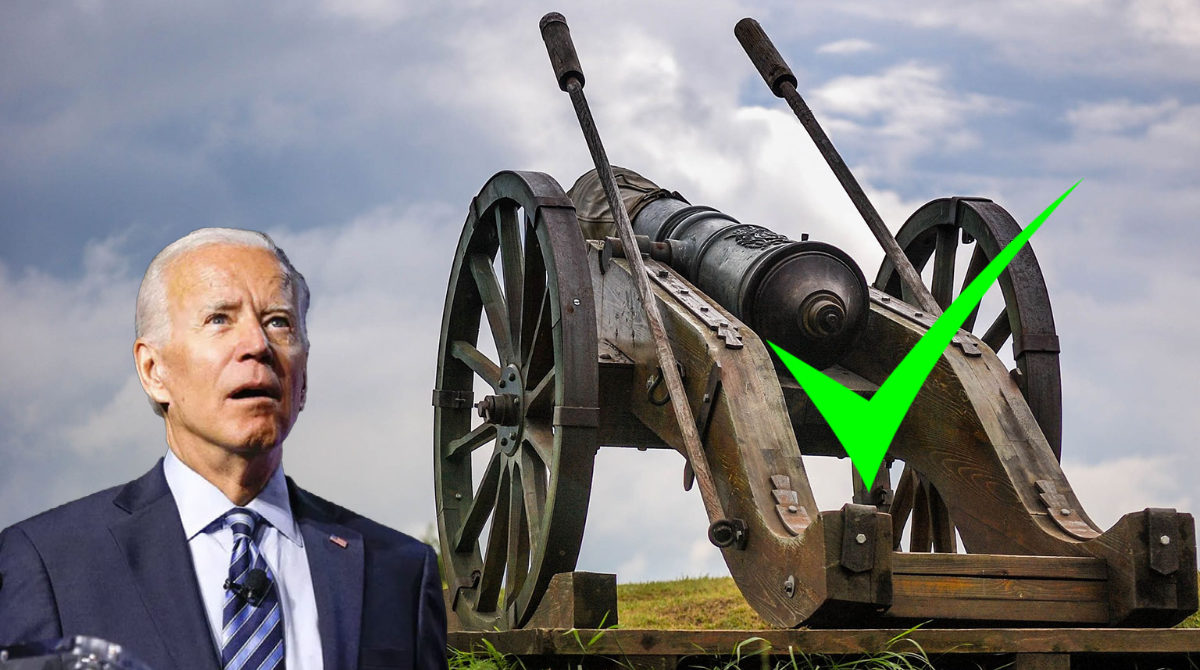
President Joe Biden has said on numerous occasions that a private individual couldn’t own a cannon at the time of the American Revolution. Is he correct?

The ultimate twist of fate for a British soldier would be to die from a gunshot wound inflicted by a lead musket ball crafted from the former likeness of their ruler.
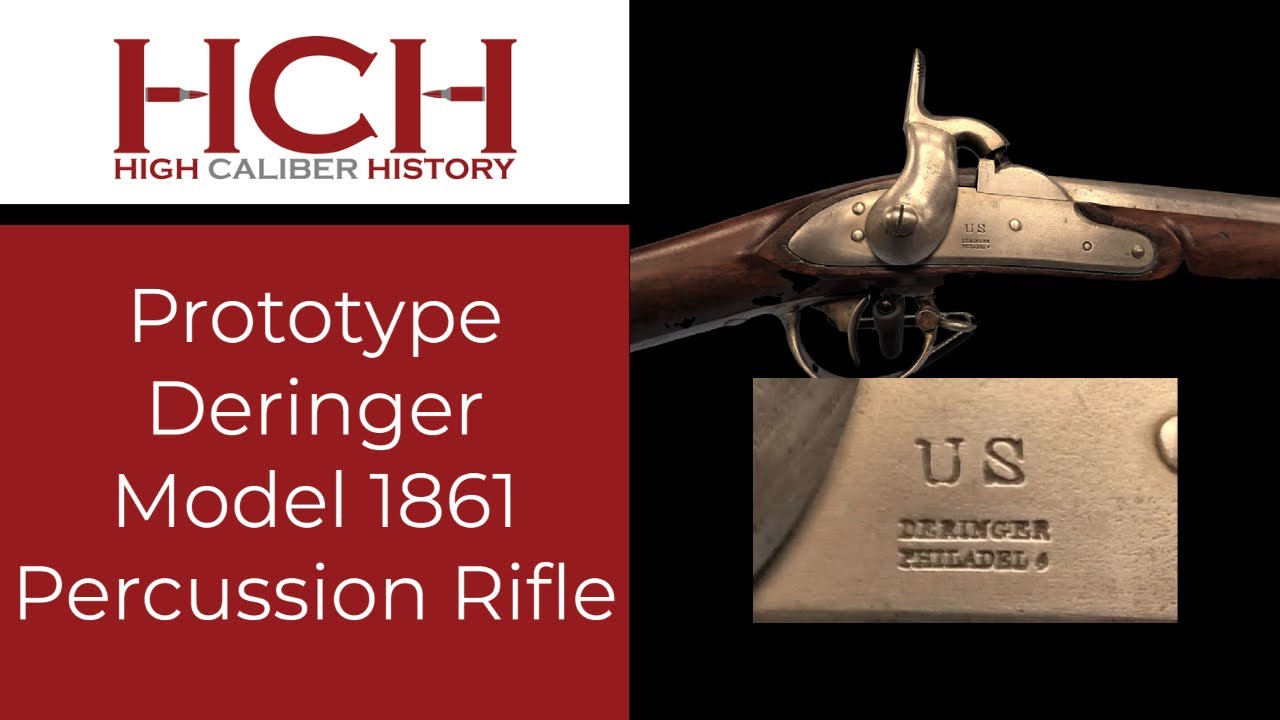
At the outbreak of the Civil War, Deringer traveled to Washington, D.C. with a sample rifle in July 1861 and offered to furnish 500 to 600 rifles to the Ordnance Department.
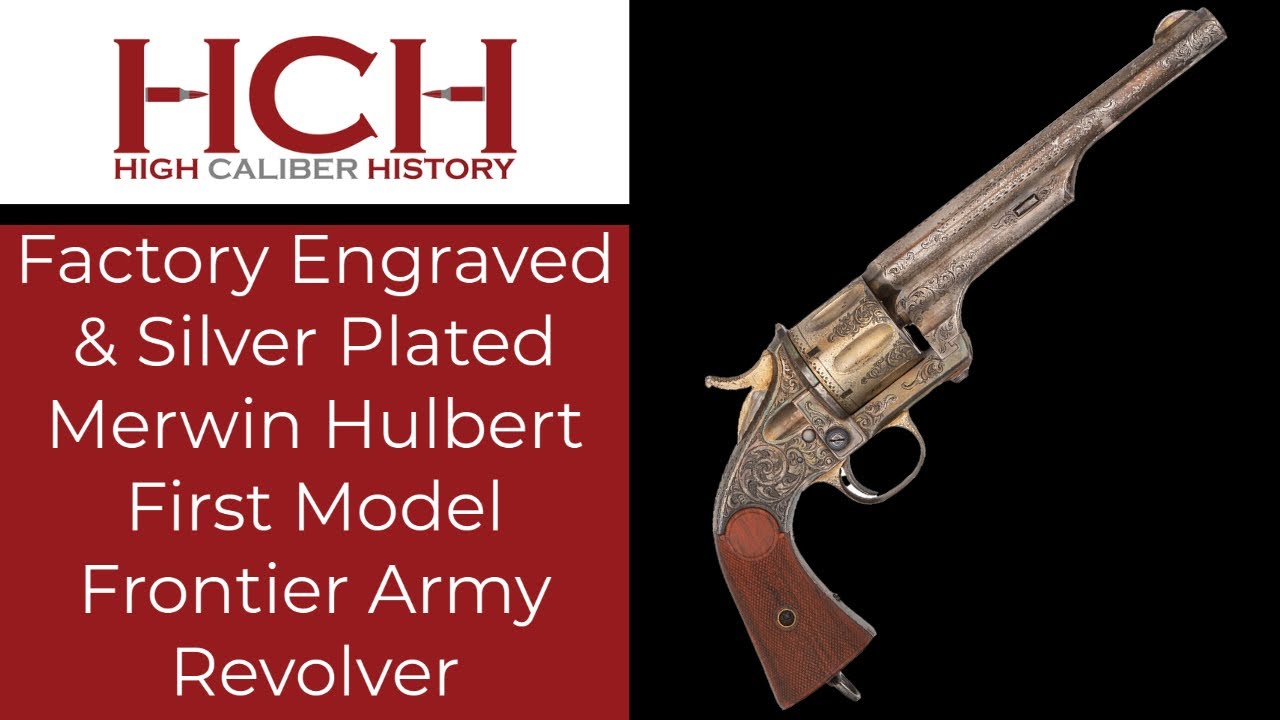
Joseph Merwin, who was an established arms designer, formed a partnership in 1868 with William and Milan Hulbert.

The most expensive level of engraving was called “No. 1” and the most expensive style of stock carving was called “A.” They added an extra $250 and $60. That’s a total of $9,800 today.

Engraved by Master Engraver Howard Dove, he held the distinction of being one of only two people to have held the position of Master Engraver with both Colt and Winchester – at the same time!
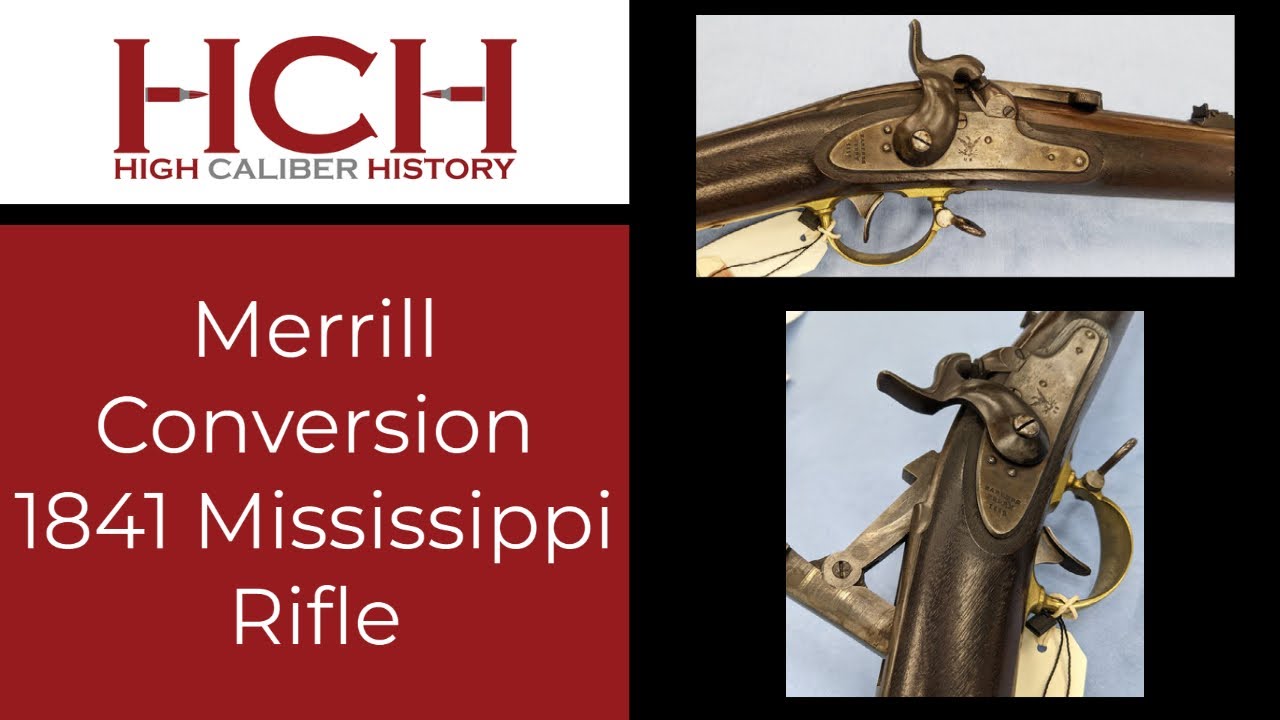
James Merrill was tasked with converting 100 Model 1841 muzzleloading rifles to breechloading arms. Of the 100, only 86 were delivered.

This Briggs gun is a “missing link,” helping to bridge the gap between Henry and Winchester. Even though the design wasn’t adopted, it’s still an exceptionally important part of American arms.

If you ever find yourself near one of the three CMP stores, I’d highly recommend that you stop in.

I bit the bullet and bought three suppressors at once – rimfire, pistol, and rifle. This review is of the BANISH 45 pistol suppressor.

I decided that I had put it off long enough and bought my first suppressor. Actually, I bought three. Here’s the first: the Banish 22 Suppressor.

Just as dogs today chase cars because they’re unusual and scary, they also chased bicycles in the 19th century. As such, Smith & Wesson chose “Bicycle Gun” as the name for these new guns.
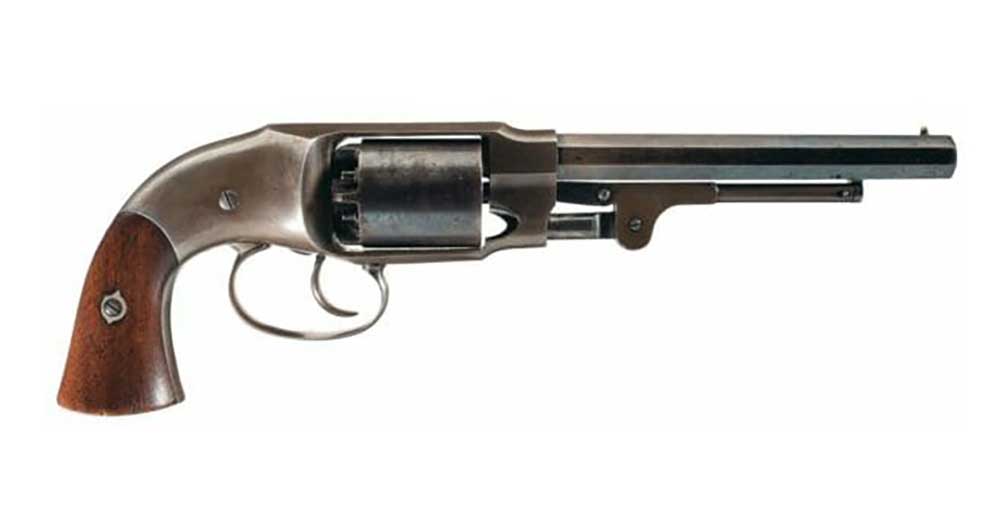
In an era dominated by single-action revolvers with external hammers, New Haven-based inventor Charles Pettengill created a double-action revolver with an internal hammer.